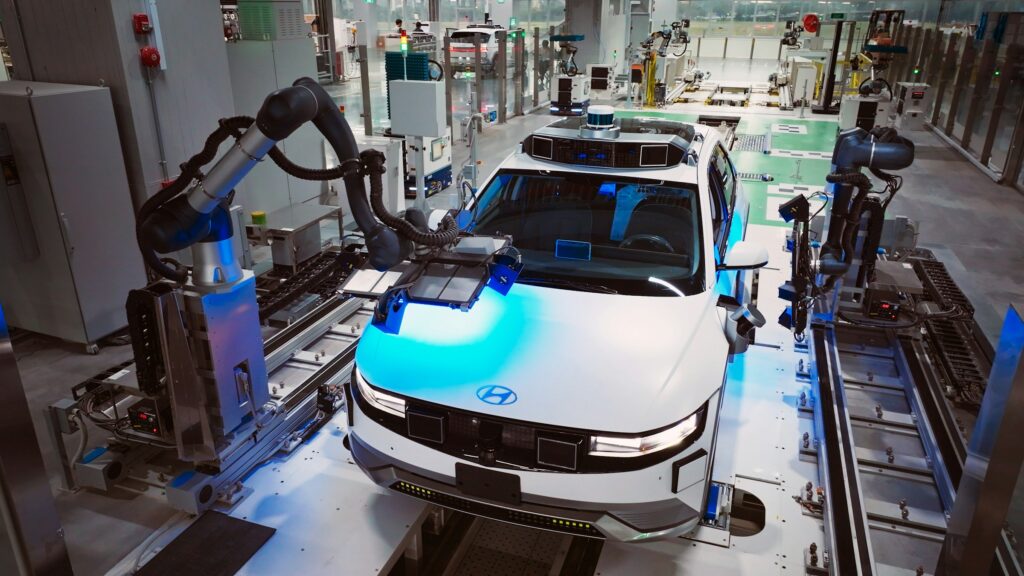In the rapidly evolving landscape of industrial automation and the Industrial Internet of Things (IIoT), adapting legacy infrastructure is a critical challenge for many organizations. Legacy systems, while often reliable, may not support the advanced capabilities and integrations required in today’s digitally driven environment.
What is Legacy Infrastructure?
Legacy infrastructure refers to older hardware, software, and systems that have been in place for many years. These systems often comprise traditional machinery, proprietary software, and outdated protocols that may no longer be supported or efficient. While legacy systems can still perform essential functions, they may lack the flexibility, interoperability, and data-sharing capabilities required to integrate with modern technologies.
The Importance of Adapting Legacy Infrastructure
1. Enhancing Efficiency
Modernizing legacy systems can significantly improve operational efficiency. By upgrading to newer technologies, organizations can streamline processes, reduce downtime, and optimize resource utilization. This is particularly crucial in industries where efficiency directly impacts profitability.
2. Enabling Data-Driven Decisions
Legacy systems often operate in silos, making it difficult to collect and analyze data across the organization. Adapting these systems allows for improved data integration and analysis, enabling data-driven decision-making. Organizations can leverage insights from real-time data to optimize operations and respond quickly to changing conditions.
3. Supporting IIoT Integration
The Industrial Internet of Things (IIoT) relies on interconnected devices that communicate and share data. Legacy infrastructure may not support IIoT technologies, making it challenging to implement smart manufacturing practices. Adapting legacy systems ensures compatibility with IIoT devices, facilitating seamless integration and communication.
4. Enhancing Cybersecurity
Older systems are often more vulnerable to cyber threats due to outdated security protocols and lack of updates. By adapting legacy infrastructure, organizations can implement modern cybersecurity measures to protect against potential attacks and ensure the safety of their operations.
5. Compliance with Industry Standards
As industries evolve, so do regulatory requirements. Adapting legacy infrastructure helps organizations comply with current standards and regulations, minimizing the risk of penalties and ensuring operational continuity.
Challenges in Adapting Legacy Infrastructure
1. High Costs
Modernizing legacy systems can involve significant costs, including hardware upgrades, software purchases, and training. Organizations must carefully assess their budget and allocate resources effectively to ensure a successful transition.
2. Compatibility Issues
Legacy systems may use proprietary technologies or protocols that are not compatible with modern solutions. Ensuring compatibility between old and new systems can be challenging, requiring extensive planning and potential redesigns.
3. Resistance to Change
Employees accustomed to legacy systems may resist changes due to fear of the unknown or concerns about their ability to adapt to new technologies. Overcoming this resistance requires effective change management strategies and thorough training programs.
4. Data Migration Challenges
Transferring data from legacy systems to modern platforms can be complex and time-consuming. Organizations must ensure data integrity and security during the migration process to avoid disruptions.
5. Downtime Risks
Adapting legacy infrastructure may require temporary shutdowns or disruptions to operations. Organizations must carefully plan their modernization efforts to minimize downtime and maintain productivity.
Strategies for Successful Adaptation
1. Conduct a Comprehensive Assessment
Before embarking on modernization efforts, organizations should conduct a thorough assessment of their existing legacy infrastructure. This assessment should include an inventory of all systems, an evaluation of their performance, and an analysis of how they align with current and future business needs.
2. Prioritize Upgrades Based on Impact
Not all legacy systems may require immediate upgrades. Organizations should prioritize modernization efforts based on the impact each system has on operations. Critical systems that directly affect productivity or safety should be addressed first.
3. Embrace Modular Upgrades
Rather than overhauling entire systems at once, organizations can adopt a modular approach to upgrades. This strategy involves upgrading specific components or systems gradually, allowing for a smoother transition and minimizing disruptions.
4. Ensure Compatibility with Modern Technologies
When selecting new technologies, organizations should prioritize solutions that offer compatibility with existing systems. Open standards and interoperable solutions can facilitate seamless integration and data sharing.
5. Invest in Training and Change Management
To ease the transition to modern systems, organizations should invest in comprehensive training programs for employees. Change management strategies that involve clear communication and support can help alleviate fears and encourage adoption.
6. Implement Robust Cybersecurity Measures
As legacy infrastructure is adapted, organizations must prioritize cybersecurity. Implementing modern security protocols and practices can help safeguard systems against potential threats during and after the transition.
7. Collaborate with Technology Partners
Working with technology partners and vendors can provide valuable expertise in adapting legacy infrastructure. These partners can offer insights into best practices, tools, and technologies that can facilitate modernization efforts.
Adopt Legacy Infrastructure
Adapting legacy infrastructure is essential for organizations looking to thrive in the age of industrial automation and IIoT. While the challenges of modernization can be significant, the benefits of enhanced efficiency, improved data integration, and increased cybersecurity far outweigh the risks. By adopting a strategic approach to adapting legacy systems, organizations can position themselves for success in an increasingly competitive and technologically advanced landscape.
As industries continue to evolve, embracing modern technologies and practices will be crucial for organizations seeking to optimize operations and drive innovation. By understanding the importance of adapting legacy infrastructure, businesses can unlock new opportunities for growth and efficiency in their operations.


